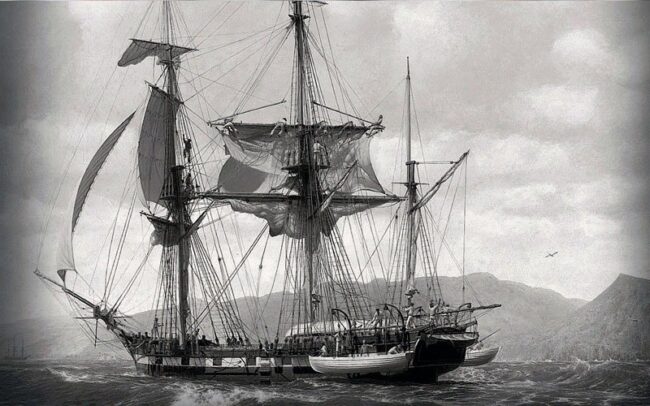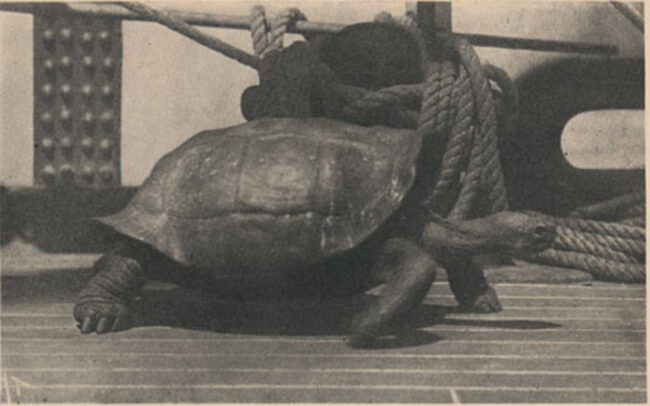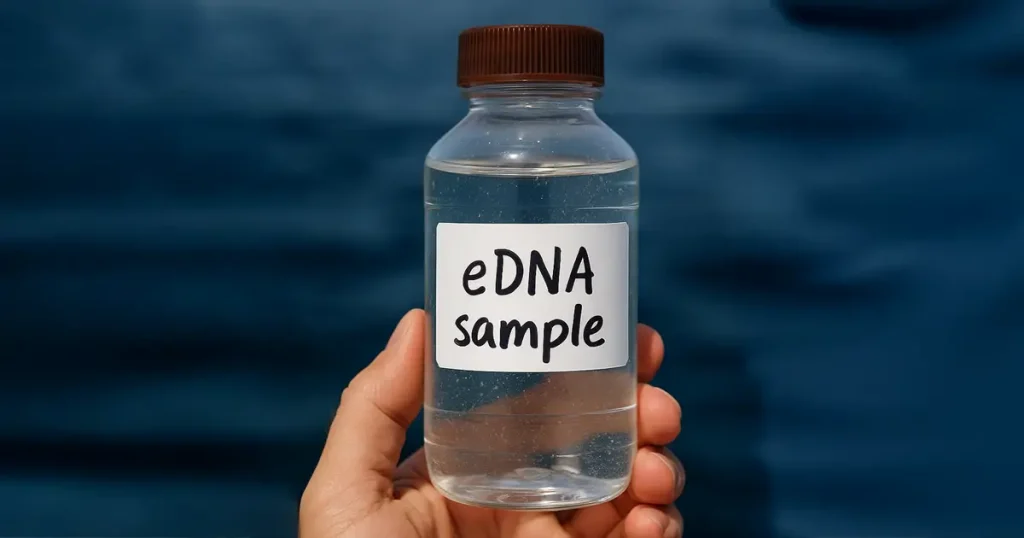The 487-Year Anniversary of the Discovery of Galápagos
by Xavier Castro
The Galápagos Islands have experienced centuries of adventures, beginning 487 years ago, when this marvelous Archipelago was accidentally discovered by someone who had no intention of being there.
On March 10, 1535, the Islands were officially discovered by Fray Tomás de Berlanga (the Bishop of Panama at the time). He was ordered to sail to Peru by the Spanish king, Carlos V, to provide a report on activities there. He set sail from Panama on February 23, 1535. However, the ship stalled in windless waters common at the Equator and was dragged off course at the mercy of strong currents. Lost for days, hungry, and thirsty, the crew started to lose hope, until the Galápagos Islands came into view.

We can only imagine their joy upon arriving at these magnificent islands. For them, it was a question of survival, but for the world, it was the discovery of perhaps the last remaining uninhabited islands of the Pacific Ocean.
The sailors described the islands as hideous and lacking in hope; seals, tortoises, and serpent-like iguanas were described as the only things found ashore.
In a letter written later to the King of Spain, Bishop Berlanga said: “It seems like God had rained stones over the Earth.” Fortunately, they later found water amongst the volcanic terrain and inhospitable conditions.
The Islands would become known are the Archipelago of Colon, but Spanish sailors baptized the archipelago as Islas de los Galápagos because of the giant tortoises that they found in great quantity which resembled an old-style riding saddle known in Spain as a galápago.
The Galápagos tortoises saved the lives of passing sailors for hundreds of years, as they could survive for months in the hold of ships and provided fresh meat during long journeys. The biggest impact occurred from the 17th through the 19th centuries, when the tortoises were hunted almost to extinction. It is estimated that between 100,000 and 200,000 Galápagos tortoises were taken.

Over time, settlers introduced non-native species to the islands. Rats, goats, pigs, dogs, cats, and donkeys became devastating threats preying on tortoise eggs and hatchlings and competing for food.
Galápagos tortoises are now protected by Ecuadorian law and under the Convention on International Trade in Endangered Species of Wild Fauna and Flora (CITES), which prohibits all international trade. Since putting Galápagos on the map 487 years ago, a lot has changed. Conservation efforts in the last half-century, including our own Iniciativa Galápagos, have been effectively rewilding this special place.
Iniciativa Galápagos is a collaborative effort between Galápagos Conservancy and the Galápagos National Park Directorate. Together, we are restoring tortoise populations to their historical distribution and numbers across the Islands, including islands where tortoises went extinct.



